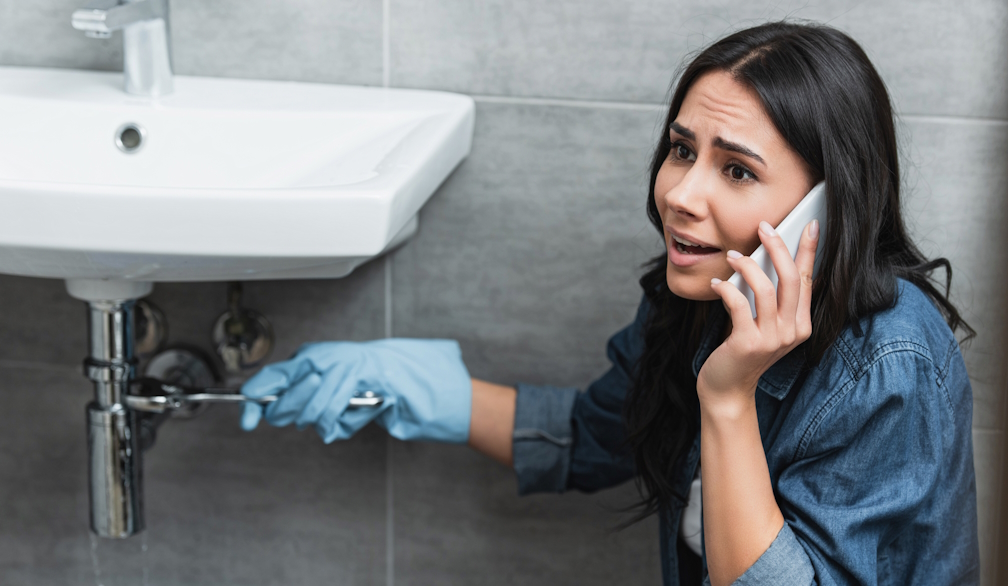How to keep your pet safe in spring
Spring is full of dangers for pets, and to help pet owners navigate the change in season, PETstock vet Dr Tara Morris says.
Here are her essential expert tips to help keep pets safe during spring.
-
Seasonal allergies: Just like humans, pets also experience seasonal allergies. For pets, the most common allergens are pollen, grass, dust and mould. Post winter and the recent wet weather, pets are spending more time outdoors and are more susceptible to seasonal allergies. The most frequent symptoms include red skin rashes, itchy or smelly ears, runny eyes and excessive licking of specific areas on the body. If you see your pet demonstrating any of these behaviours - or for further advice on how to treat your pets’ seasonal allergies - please speak to your local vet.
-
The danger of sticks: Playing outside in the warmer weather means there is a higher chance that pets will get sticks stuck in their gums or throat. Sections of sticks or twigs can get wedged into the roof of a dog’s mouth and can cause distress, discomfort and inflammation. Dog owners should be on the lookout for symptoms such as pawing at the mouth, red or swollen gums, resisting touch around the head and mouth area and also bad breath.
-
Toxic plants and flowers: As indoor plants continue to be added to many households, it is important to remember which plant and flower species contain elements toxic to our pets. Some of the most toxic plants and flowers for our pets include daffodils, mistletoe, jasmine, bleeding hearts, elderberry and lillies. If your pet shows signs of vomiting, diarrhoea, hyper-salivation, loss of appetite or decreased/increased urination, then please contact your vet immediately and attempt to keep them away from the source of the poisoning. For an extensive list of pet-friendly plants for your home, see the PETstock website.
-
Spring cleaning: Spring often calls for a complete clean of the house. It is important to remember that many household cleaning products are unsafe and dangerous for your pets and should be kept out of paws’ reach. Vacuuming can also provide a source of anxiety for pets, particularly if noisy and taking up space that they regularly inhabit. When vacuuming, move your pet to a quiet space, such as the laundry or bedroom, and leave some treats or toys to help alleviate this anxiety and keep your pet occupied.
-
Parasites on grass (fleas and ticks): With our pets spending more time outdoors, it also means they’re at a greater risk of being faced with parasites, such as fleas or ticks. Fleas and ticks are extremely common in Australia and can make your pet very unwell if infection is not spotted or treated swiftly. To prevent this, pet owners should make sure that their four-legged friends are up to date with the recommended treatment methods which should be applied once annually for complete protection.
-
ID tags, collars and microchips: With pet owners' outdoor exercise routines ramped up in spring, the same is likely for our pets. With this, comes the increased chance of pets escaping or wandering off too far. The best way to ensure their safety is by keeping your pets details updated on an ID tag and always enforcing the use of a collar with the ID tag attached. If your pet does wander off, being microchipped will also keep them safe and easily traceable. Training your pet to ensure they have good recall is also important in ensuring their safety during outdoor activities.
-
Backyard pet proofing: Ensuring that a backyard is adequately pet-proofed can prevent stress and concern for many pet owners this spring. Simple tricks such as double checking gates and their locks, providing enough shade and water, removing all outdoor equipment and blocking direct access to swimming pools are essential ways to promote pet safety at home as we head into the warmer months.
Photo: Michael Sum/Unsplash










